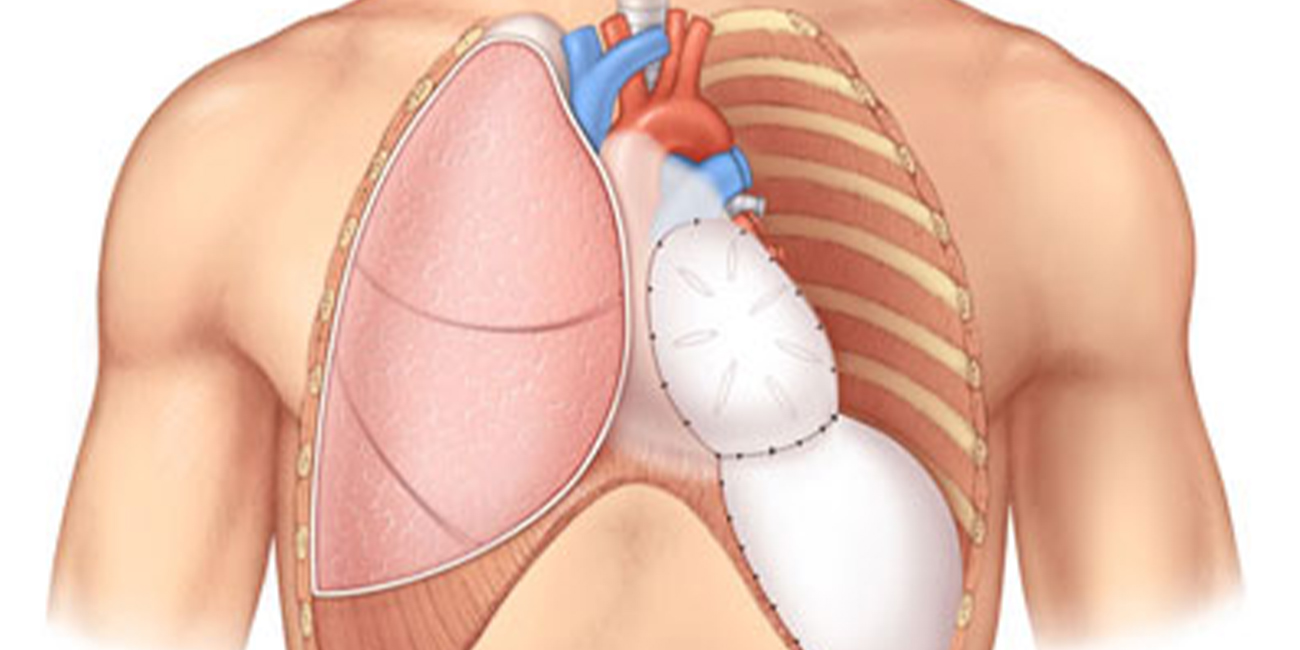
Book a Consultation
Thank you!
Your form has been sent successfully.



March 25, 2021
The pancreas is a vital organ of the digestive and endocrine system located behind the stomach. It produces insulin, a hormone responsible for glucose metabolism.
Pancreatic cancer is a life-threatening disease that occurs when the DNA of cells within the pancreas becomes damaged, and tumor forms. Several debilitating symptoms are associated with pancreatic cancer, but it often goes without diagnosis until later stages of the disease, where cancer has metastasized, and surgical removal is no longer possible.
In this blog post, we will share detailed insights into the importance of staging in pancreatic cancer treatment. Read on for more.
Most exocrine pancreatic cancer begins in the epithelium of the pancreatic ducts that carry digestive enzymes from the pancreas to other organs. The most commonly diagnosed exocrine cell cancer is pancreatic ductal adenocarcinoma (PDAC), representing approximately 85% of cases.
Common symptoms of PDAC include non-specific symptoms like:
Acinar cell carcinoma (ACC) is the second-most common type of exocrine cell cancer. ACC begins in the cells that produce digestive enzymes of the pancreas and represents approximately 2% of cases of pancreatic in adults and roughly 15% in children.
Although jaundice is uncommon, ACC may cause many of the same symptoms as PDAC, such as nausea, fatigue, and pain.
This type of pancreatic cancer presents as pancreatic neuroendocrine tumors (PNETs) or islet cell tumors, denoting the specific type of cells they grow from. It is a rare form that may be categorized as functional and non-functional depending on whether or not the growth secretes hormones.
Functional PNET symptoms and classifications vary depending on the type of hormones they secrete:
Read more: Pancreatic Cancer: Risk Factors & Prevention

Detecting pancreatic cancer is difficult in its early stages since it’s difficult to identify these tumors during routine screenings imaging tests.
If a healthcare provider suspects the presence of this disease, they’ll recommend complete pancreas function tests, which may include the following:
In order to detect this disease, healthcare providers usually recommend the following imaging tests:
MRI (magnetic resonance imaging)
PET (positron emission tomography)
Endoscopic ultrasound (EUS)
Healthcare professionals order blood tests to detect tumor markers - a substance that may indicate the presence of cancer.
For pancreatic cancer, if the blood test result shows high levels of carbohydrate antigen (CA) 19-9, it may indicate the presence of a tumor. CA 19-9 is a type of protein released by pancreatic cancer cells in an increased volume if there are any abnormalities.
Providers usually order this test to determine the spread of the disease and whether surgical removal is possible.
A surgeon creates a few small incisions in the abdomen during this procedure to insert a long tube with a camera. It helps them to check the abdomen closely and detect abnormalities.
Some people may develop pancreatic cancer due to the presence of inherited mutated genes like BRCA1 and BRCA2. This test can help the medical team find out the root cause and recommend treatment options accordingly.
Pancreatic cancers stage from 0 to 4 based on how far the disease has spread and how difficult it is to treat. In earlier stages, pancreatic cancer is easier to treat because it covers a smaller area. As cancer spreads and becomes more deadly, lymph nodes may be affected, or it may metastasize outside of the pancreas. Finally, cancer may invade distant sites.
Cancer is only present in the top layers of the pancreatic ducts and has not proliferated deeper. Stage 0 pancreatic cancer has not spread to either the lymph nodes or distant sites.
During stage IA, cancer has invaded deeper into the tissue, but is confined to the pancreas and may be up to 0.8” (2 cm) across. At stage IB pancreatic cancer, the affected area must be at least 0.8” (2 cm) across but no larger than 1.6” (4 cm) across.
At stage IIA, the cancerous tissue is still confined to the pancreas but has enlarged beyond a 1.8” (4cm) area and but has not spread to nearby lymph nodes.
Stage IIB indicates that cancer may have enlarged beyond 1.6” (4 cm) across, or it may be spread to no more than 3 lymph nodes.
As pancreatic cancer progresses through stage III, the tumor may continue to grow in size beyond 1.6” (4 cm) and eventually reach the blood vessels outside the pancreas.
In some cases, cancer may grow outside the pancreas without affecting any lymph nodes, or it may be present at up to and beyond 4 lymph node sites while remaining confined to the pancreas.
In the final stage, cancer has metastasized and is now growing at distant sites like the liver, the abdominal cavity, lungs, or bones. It can be any size, and the lymph nodes may or may not be affected.

Although surgery is the most effective treatment option for pancreatic cancer, surgeons recommend it only when it is possible to remove the entire affected area. The cancer must be completely confined to the pancreas to show effective results after surgery.
The following are a few different surgical techniques oncologists recommend depending on the location and size of the tumor:
If the tumor is located in the head of the pancreas, surgeons may perform this procedure. This surgical approach involves the removal of the head of the pancreas, the duodenum or the first portion of the small intestine, the gallbladder, a portion of the bile duct, and nearby lymph nodes.
After completing the procedure, surgeons attach the remaining bile duct and pancreas to the small intestine to reestablish the digestive tract.
When the tumor affects the tail of the pancreas, a surgeon usually performs a distal pancreatectomy. During this procedure, a surgeon removes the tail as well as the spleen in most cases.
In cases where cancer has affected the entire pancreas, but removal is still possible, healthcare providers may consider a total pancreatectomy. During this procedure, surgeons remove the entire pancreas, gallbladder, spleen, and part of the stomach and small intestine.
For pancreatic cancer, oncologists may recommend chemotherapy as a stand-alone treatment - especially for advanced cases. Sometimes, they may also use chemotherapy in combination with surgery to shrink the tumor before surgery or kill any remaining cancerous cells after it.
In most cases, oncologists use radiation therapy in combination with chemotherapy (chemoradiation) for pancreatic cancer. It can also help alleviate symptoms in advanced cases where surgery is not possible.
Targeted therapy is comparatively a new treatment approach that uses drugs to precisely target and eliminate certain proteins accelerating the growth and spread of cancer.
It is possible to live without pancreas but here can be a lot of side effects. Similarly, other treatment procedures may also produce additional health issues like fatigue, fever and chills, pin, headaches, etc. Individuals diagnosed with this disease should discuss the treatment options with their healthcare provider in details to take an informed decision.
According to the American Cancer Society, the 5-year survival rate for pancreatic cancer is as follows:
With the recent advancement in cancer treatment and ongoing research, the outlook for pancreatic cancer has been improving every day. Therefore, individuals should report any symptoms to their healthcare provider at the earliest for early diagnosis. If you have any questions or concerns about pancreatic cancer, contact Advanced Cancer Treatment Center, one of the best cancer centers in Florida, and schedule an appointment.



January 07, 2026
A chemo port is a small device placed under your skin that makes recei...
KNOW MORE

December 24, 2025
It's natural to wonder if testosterone replacement therapy (TRT) is sa...
KNOW MORE

December 24, 2025
A rash that will not calm down is scary, especially when it changes or...
KNOW MORE

December 24, 2025
Florida’s lung cancer burden remains significant and affects many fa...
KNOW MORE

December 24, 2025
A partial hysterectomy, also called a supracervical hysterectomy, is s...
KNOW MORE

December 24, 2025
Finding a rash on your breast can be unsettling, but remember, many ra...
KNOW MORE
